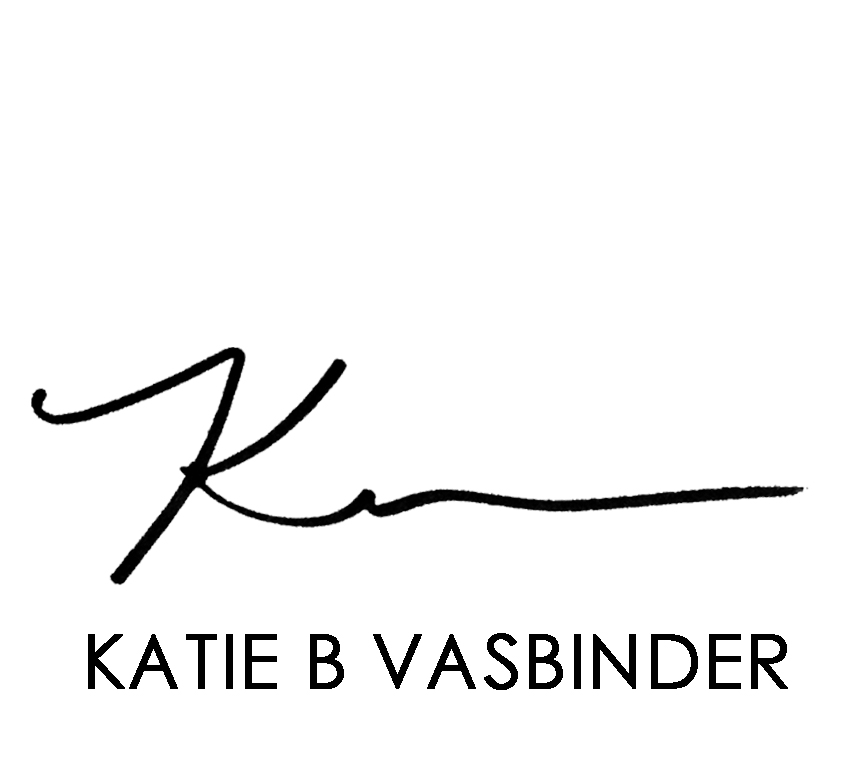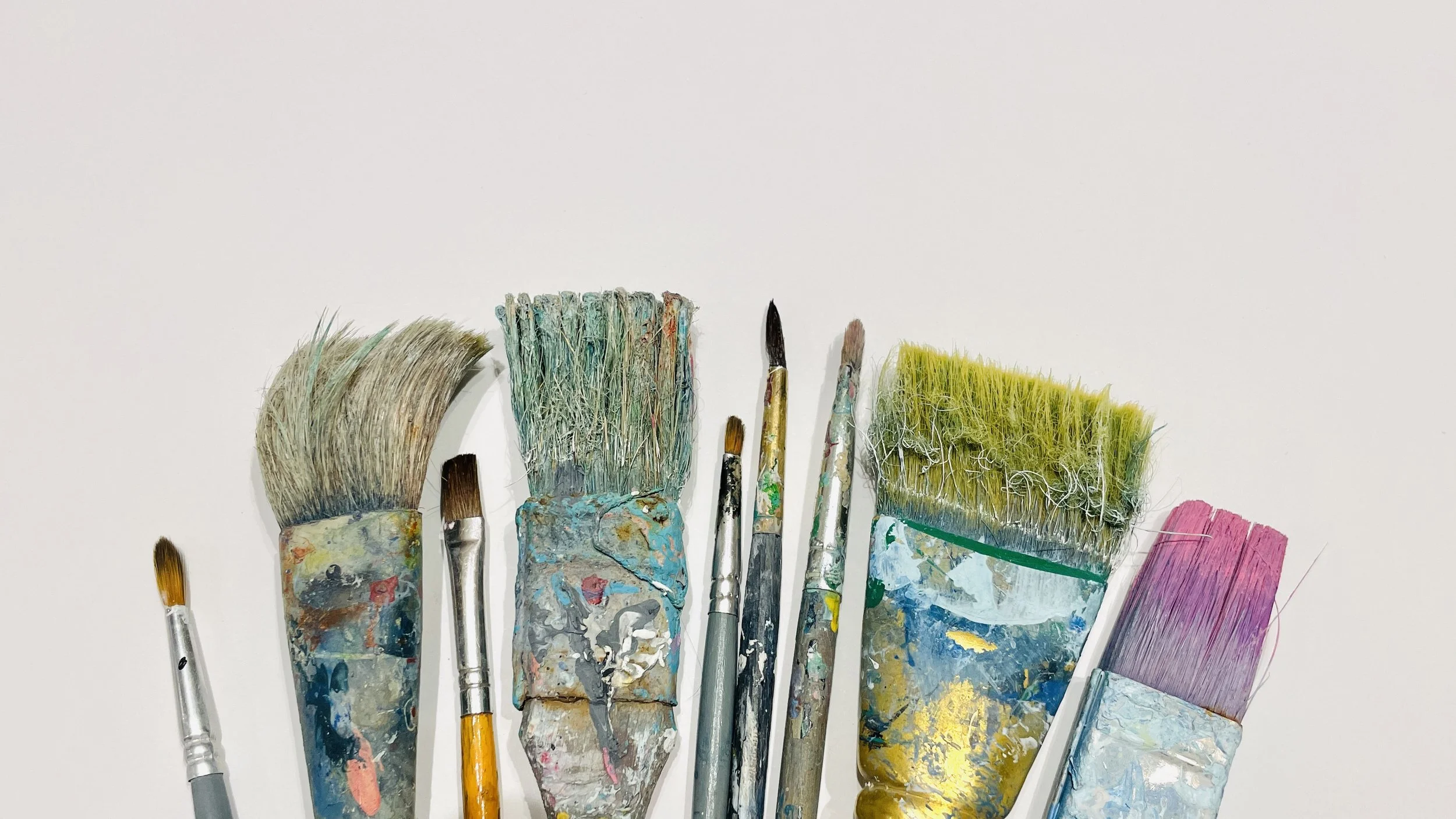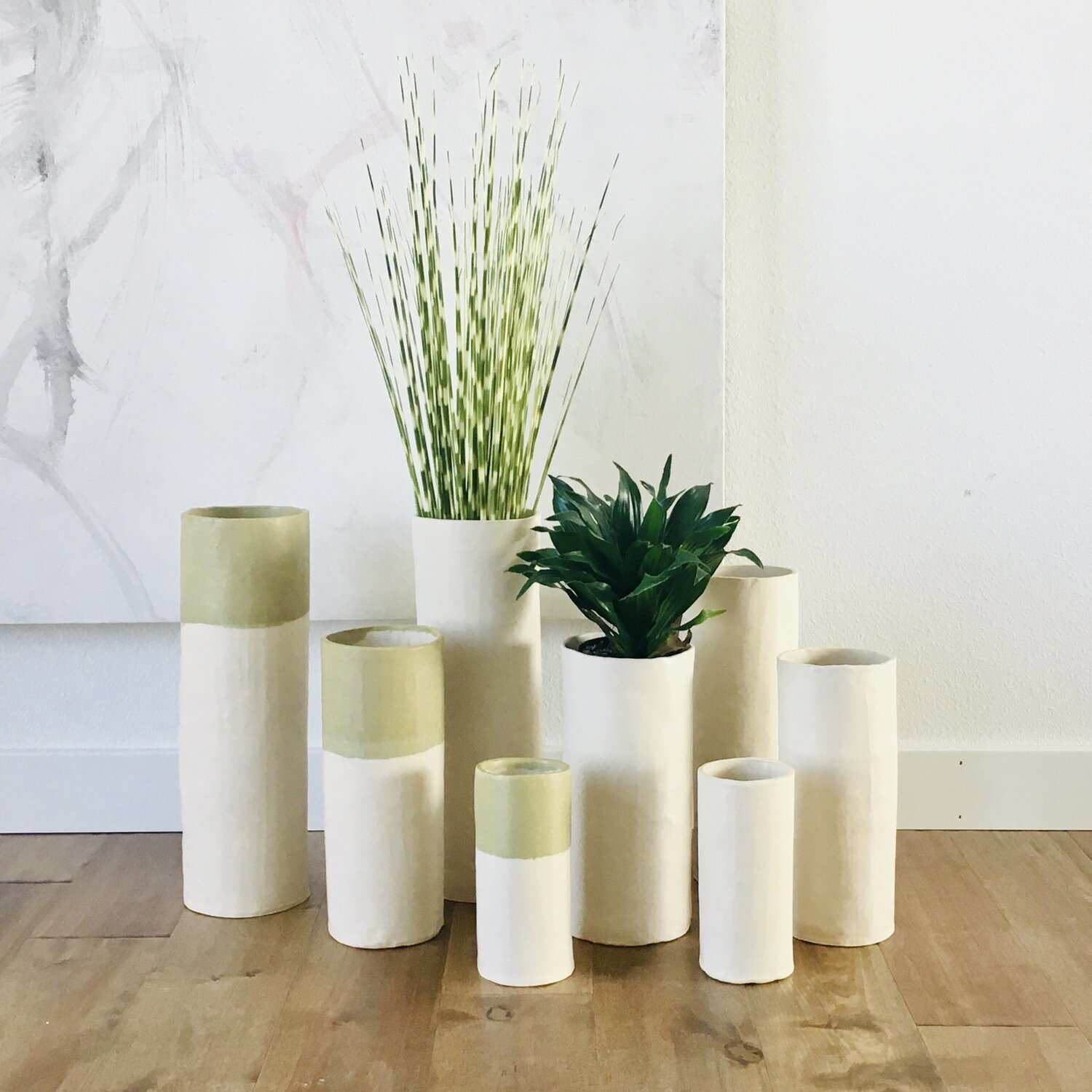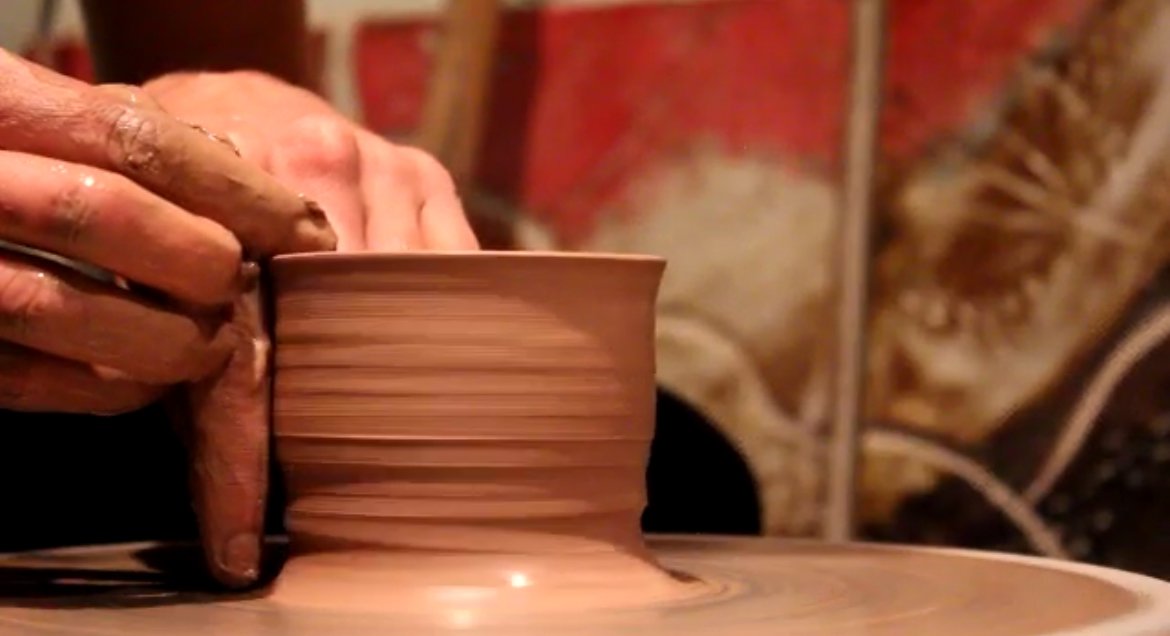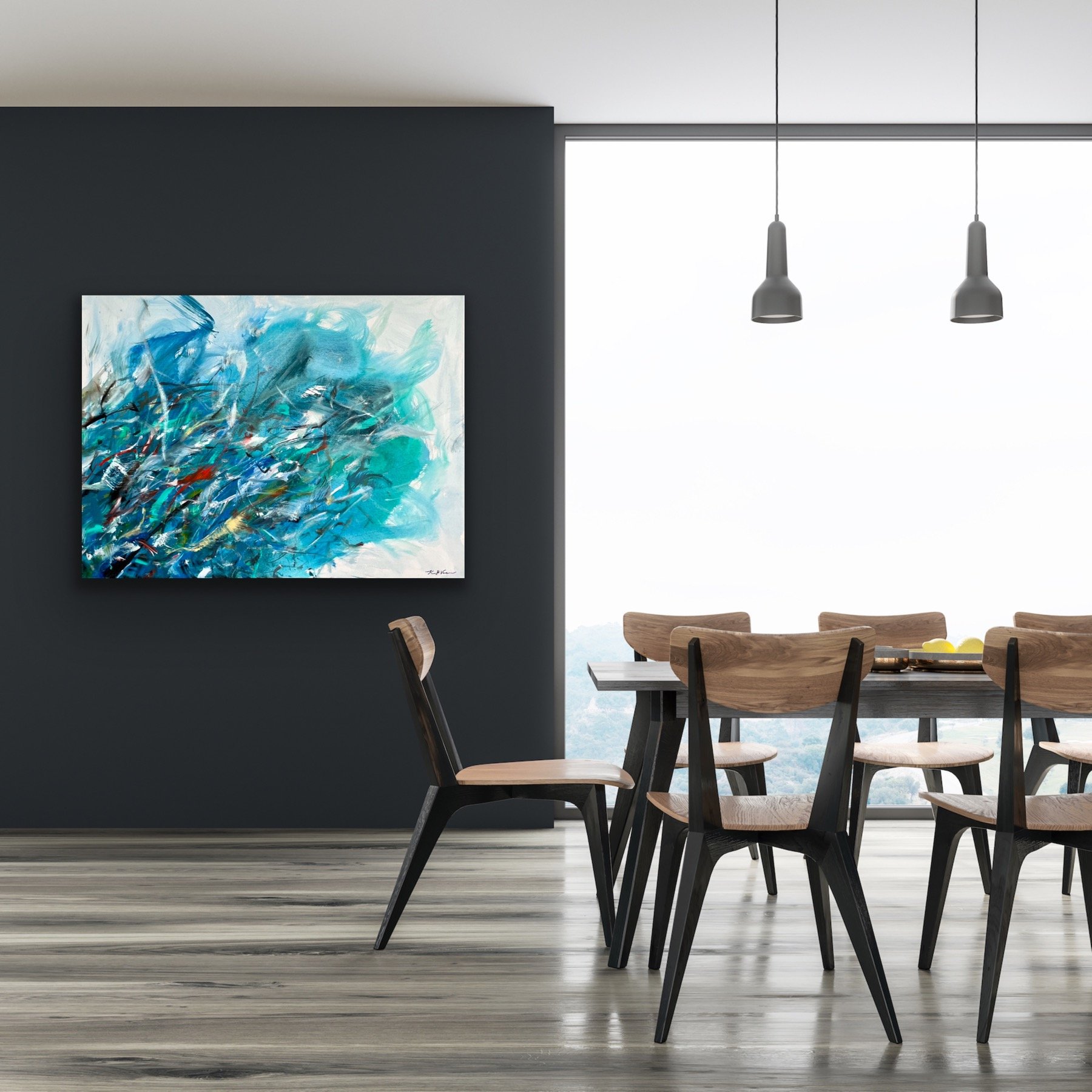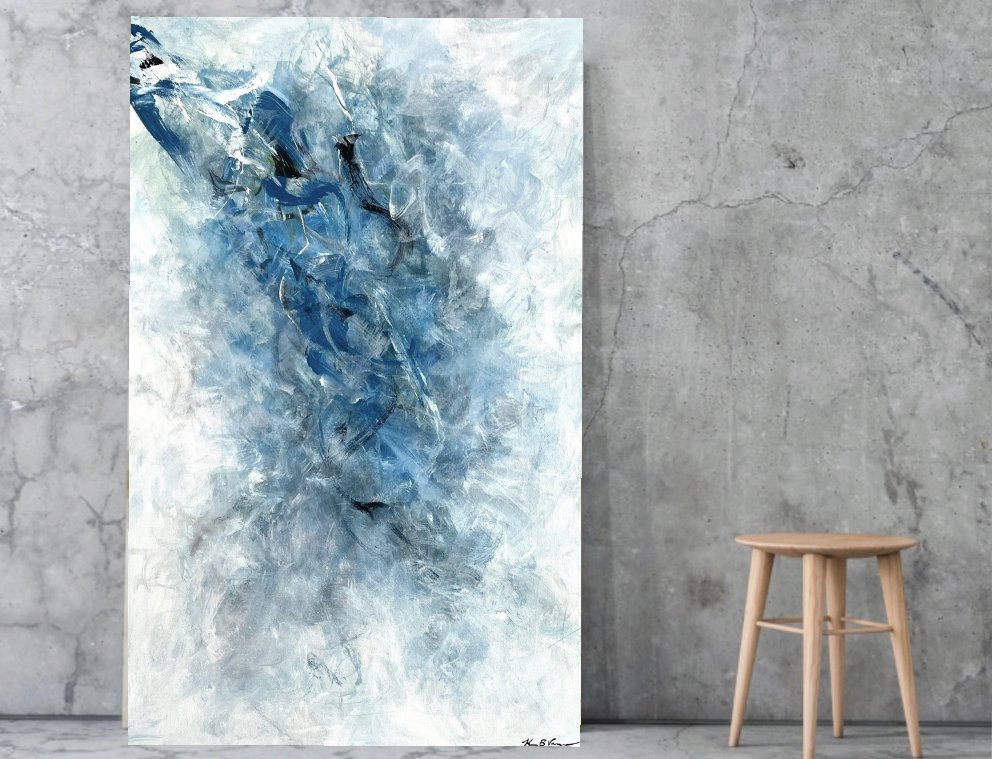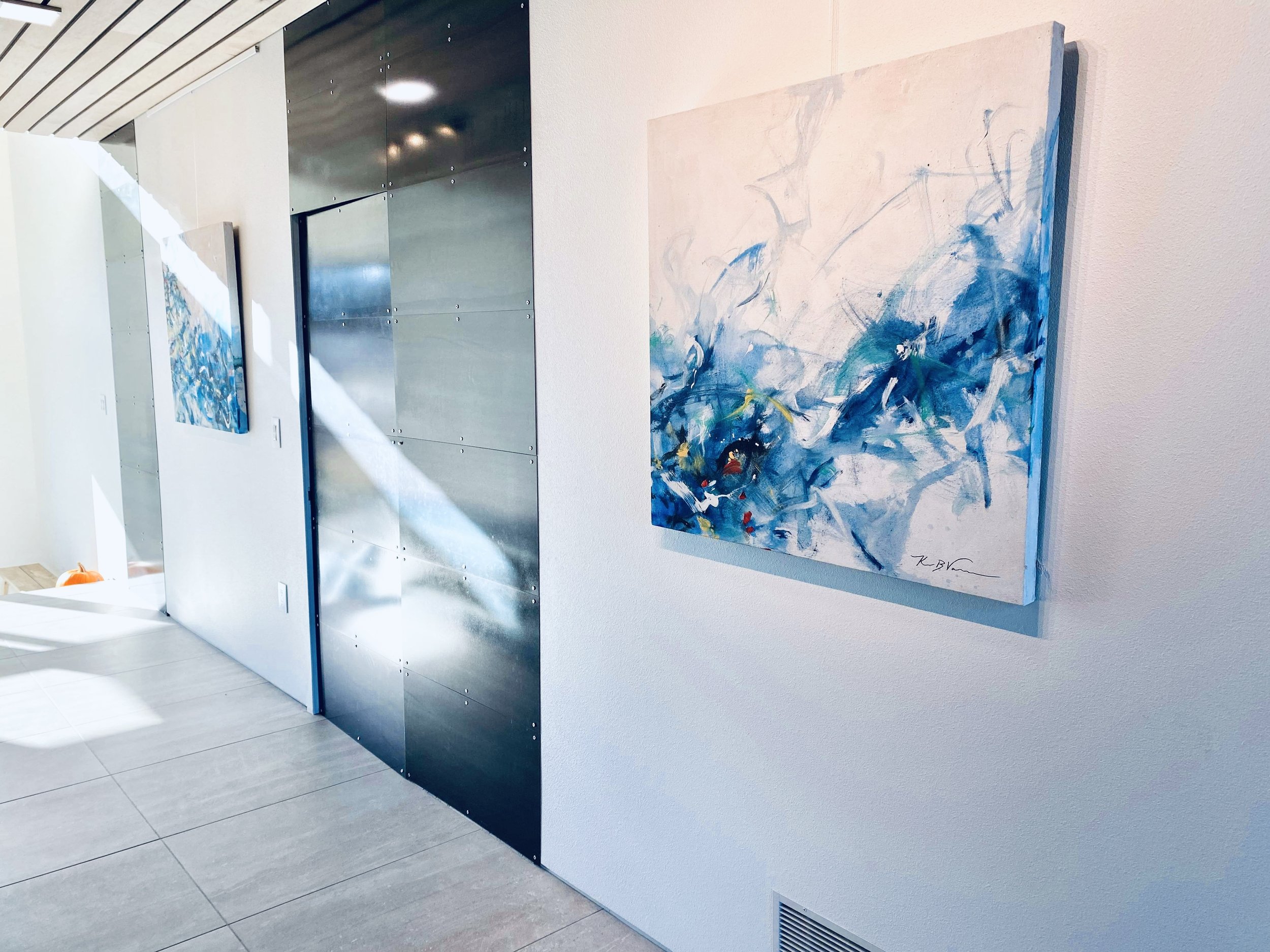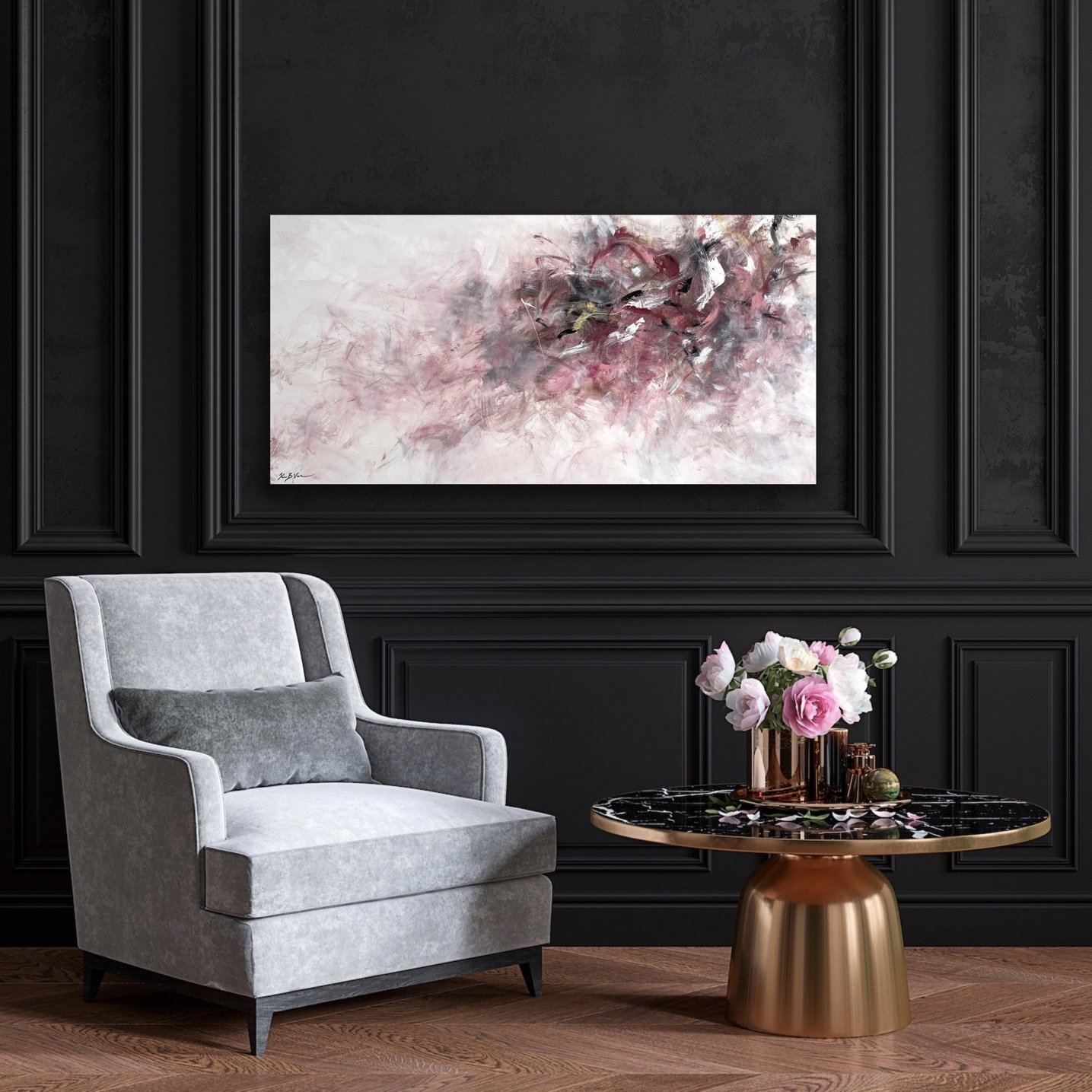The Dance of Chaos and Order: Finding Balance in Abstract Composition
In the enchanting world of abstract art, where spontaneity meets structure, there exists a captivating dance between chaos and order. The canvas becomes a stage where artists orchestrate a symphony of shapes, colors, and textures, seeking a harmonious equilibrium that transcends the boundaries of traditional composition. Join us on a journey through the intricate process of finding balance in abstract composition.
Embracing the Chaos:
Abstract art thrives on the beauty of unpredictability. The initial strokes may seem chaotic, a dance of unbridled creativity, where artists release their instincts onto the canvas. Bold gestures, splatters, and free-flowing lines create a foundation of energy that propels the composition forward. This chaos becomes the heartbeat of the artwork, infusing it with raw emotion and vitality.
Imposing Order:
As chaos unfolds, artists step into the role of conductors, guiding the artistic orchestra towards a cohesive masterpiece. Strategic decisions come into play as they impose order on the canvas. Thoughtful composition, balance of negative space, and deliberate color choices emerge from the chaos, shaping the artwork's narrative. This interplay between chaos and order forms the backbone of a visually compelling piece.
The Language of Shapes and Lines:
Abstract artists are fluent in the language of shapes and lines, using them to articulate the dialogue between chaos and order. Circles, squares, curves, and jagged lines intertwine to create a visual narrative that communicates both spontaneity and control. Each element is a brushstroke in the grand choreography of form, contributing to the overall balance of the composition.
Color as a Conductor:
Colors, like musical notes, play a crucial role in orchestrating the dance. Vibrant hues may punctuate moments of chaos, while more subdued tones bring a sense of order and cohesion. The strategic placement of color creates a rhythm that guides the viewer's gaze across the canvas, inviting them to partake in the dynamic interplay of chaos and order.
The Viewer's Interpretative Dance:
Abstract compositions invite viewers to engage in their interpretative dance, discovering meaning in the intricate movements of chaos and order. The beauty of abstraction lies in its ability to evoke emotions and provoke thought, allowing each observer to bring their unique perspective to the dance unfolding on the canvas.
In the realm of abstract art, where chaos and order engage in a perpetual dance, artists find not just a balance but a synergy that elevates their creations. It is within this dance that the magic of abstract composition unfolds, inviting us to appreciate the delicate equilibrium between the untamed and the deliberate, the chaotic and the ordered.
